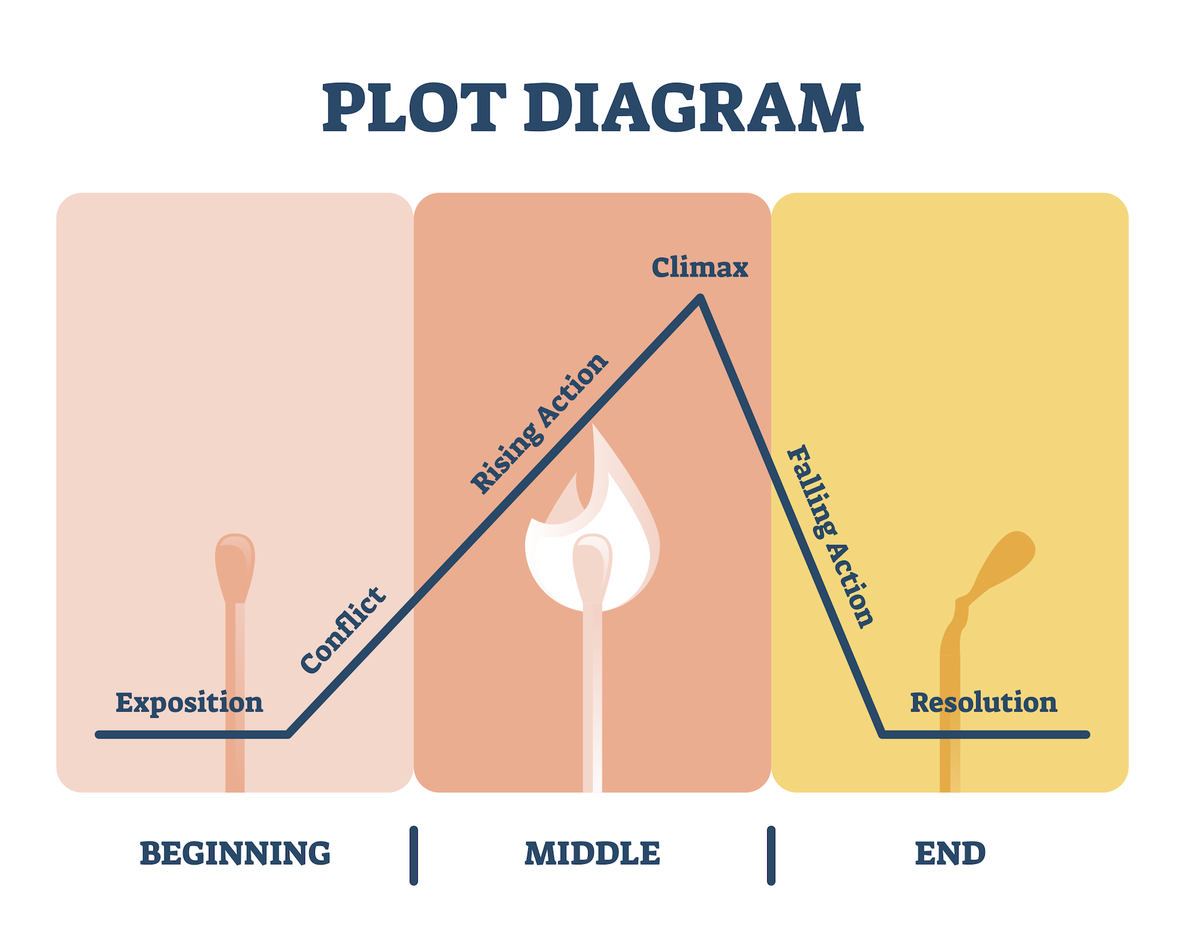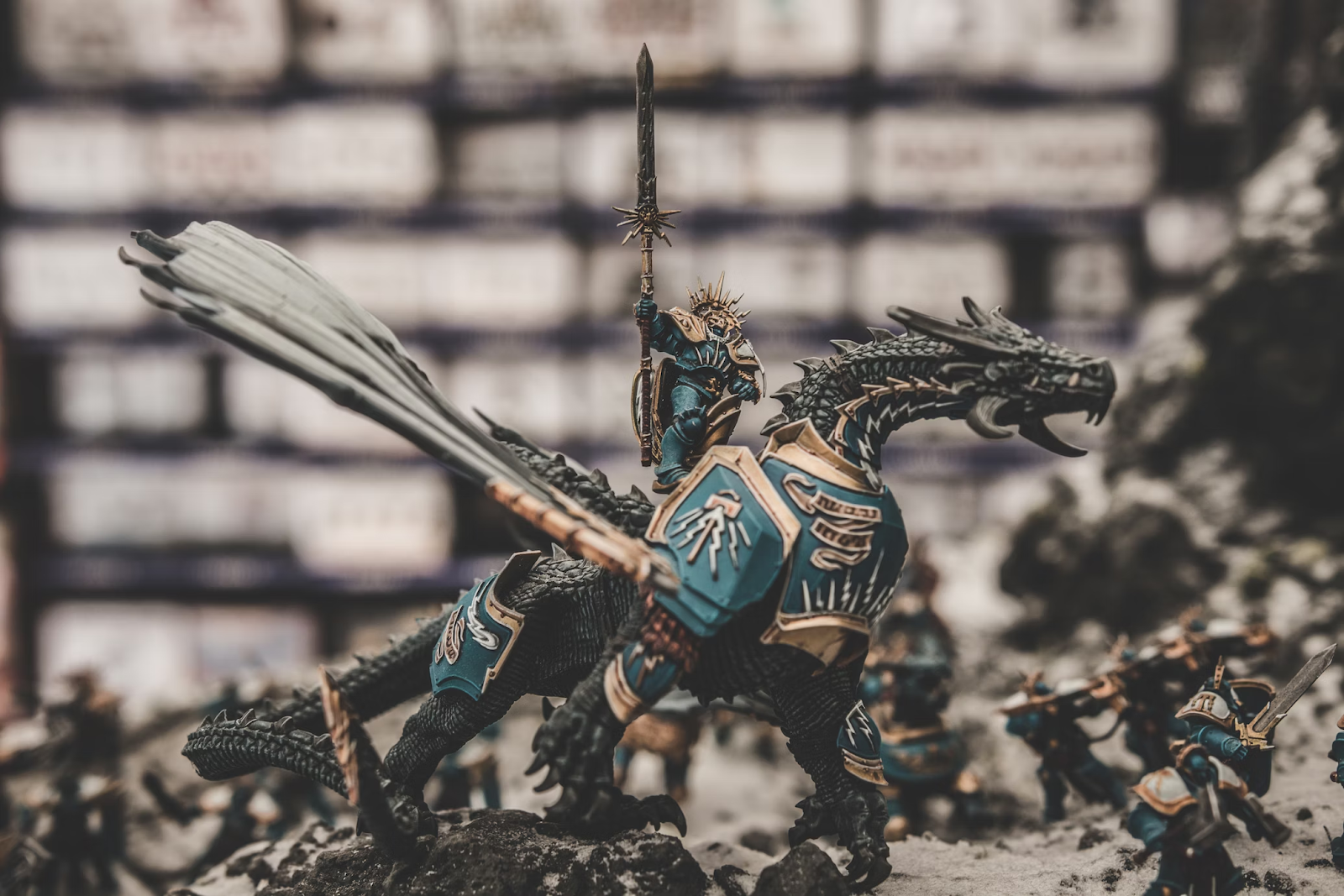What is my process?
- Beginning: Simba is born. then we introduce conflict, his uncle Scar wants the throne.
- Middle: Scar kills Mufasa. He sends Simba into Exile. He grows up. His friend, Nala finds him and tells him about Scar's tyranny. Simba returns, and at the climax of the story, he defeats Scar and reclaims his kingdom.
- End: Simba takes his rightful place as king and has a child of his own. There is a promise of a happy future for the kingdom.
Dan Harmon's Story Circle. Dan Harmon is the creator of the tv shows "Community" and "Rick and Morty". He wrote every one of those shows using the story circle. As it claims, it brings your characters full circle. If you follow it beat for beat, you will find that your hero and villain both want the same thing, but the hero must pay a heavy price to get whatever it is he wants. The Dark Knight is an example of this, where Batman and Joker both want the soul of Gotham City and the Joker forces Batman to sacrifice his good name in order to bring peace to the city.
Writing into the Dark. This one is really interesting. You don't really have a plan, you just write. Write and see what happens next. Stephen King is the most well-known author to do this. He just forms an idea, such as "What would happen if a hotel was haunted?". He starts writing, and then you have The Shining. This provides an unpredictable element to your stories, but can also lead you to write yourself into corners.
There are literally dozens of these structures you can follow to write your stories. As for me? Well, I use a structure known as "Lester Dent's Master plot formula". Lester Dent was a pulp writer. A highly successful one, who invented the character of Doc Savage, the Man of Bronze. This character is the not-so-secret inspiration for Superman, the Man of Steel. Dent wrote hundreds of books and short stories and made a fortune off his work. He shared his formula for story telling with the world, and many other authors have followed his footsteps to success. The formula is largely forgotten now, but I think it's due for a revival.
With this formula, you divide your story into 4 acts. If you are writing a 6000 word short story, that's 1500 words per act. Then, you determine who your villain is, what he wants, and what methods he uses to get what he wants, and you set it in an interesting location.
In act one, you immediately place the hero in trouble. He tries to solve the trouble but by the end of the act, he fails. He meets some physical conflict, and there is a plot twist.
In act two, the trouble increases, and the hero tries to resolve it, and lands in another physical conflict with a plot twist.
In act three, triple trouble! The hero tries and fails again, physical conflict, and plot twist!
In act four, we aren't sure if the hero will live through this. He tries to solve the problem and lands in another physical conflict. This time, by his own skill, wit, or will, he overcomes his trouble and solves the mystery/defeats the enemy/exposes the plot or rescues the victims.
He cannot rely on outside help, he has to overcome his trouble by himself. And make sure you end with a snappy piece of dialogue that puts a smile on the reader's face!
This structure works perfectly for the kinds of stories I write. Mystery/action/adventure. You can place it in any setting you desire. Center it on a sword-wielding hero, a gumshoe detective, a slick spy, or a sci-fi bounty hunter. If you want brisk action and lots of conflict, The Lester Dent Plot formula is for you. Many authors have used this structure to write their stories, such as Michael Moorecock, who famously wrote his novels in three days following the Lester Dent formula. Additionally, the movie "Escape from New York" is a notable example of the plot structure.
Now, as to how I actually write my stories I develop my character and setting independently, and then plot out the story in four scenes, chapters, or beats per act. That leads to sixteen total plot points, making sure I stick with the structure (although sometimes deviating from it will break up the monotony).
Some people have used notecards to plot their stories, and that's a great way to organize your notes. I use Scapple. Scapple is a mind-mapping software that allows you to create really organic mind maps for note-taking. check this out! made in Scapple.
This is where I just commit to writing the scenes out and following my outline. I can generate a 6000 word short story in two days with this workflow. I am also plotting a novel for NANOWRIMO, and I am finding that novels require more detail, which I don't mind thinking through if it gives me a stronger first draft. And yes, You can expand the Lester Dent method into a full-blown novel, you just have to adjust the word count.
What I love in particular about this plot structure is that is has a built-in pacing. I am able to keep my stories balanced and well-paced, and the conflict has a pressure cooker effect that finally bursts in the end. I find these sorts of stories to be very cathartic, and I think most people do as well. Why? Because the fundamentals of storytelling are conflict and resolution, and the more conflict you introduce, the more satisfying the resolution.
This is what the story diagram looks like when the Lester Dent method is applied. Keep in mind, with this type of story, the climax and resolution usually happen all at once, which means your stories end with a bang. So instead of a time of falling action, such as Frodo returning to the shire, you don't have time to catch your breath. Instead, you are wound up until the final moment and then when the resolution happens you are left with your heart pounding, cheering for the hero.
Again, I am still learning how to write. In the future, I may find a better way of telling stories. My tastes and interests may change, or I might get bored. Either way, this is my current process. Plan well, stay organized, write hard, and keep the conflict stirred up until the last few paragraphs.
Now if you want to write your own stories, I suggest wearing your armor, not mine. Everyone is different. Take what I have said, consider the pantheon of great advice from more talented writers, and then forge your own path. At the end of the day, no one is going to write your stories like you will, so write them your way.








Comments
Post a Comment